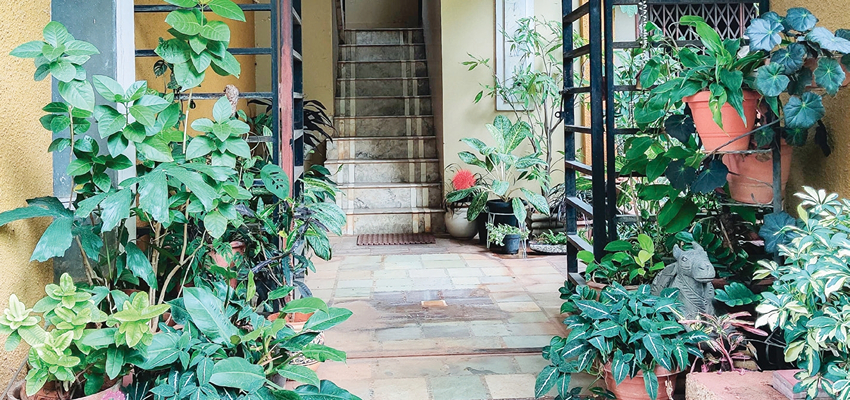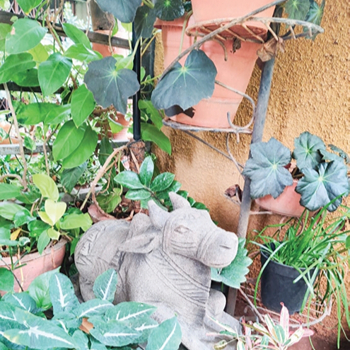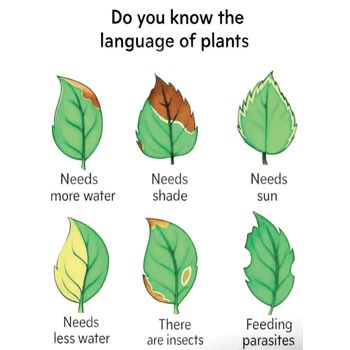Harnessing the Rains for Healthier Plants

Capitalise on the monsoon’s optimal conditions—cooler temperatures and higher humidity—to repot plants, boost root development, and ensure healthier growth. Your essential seasonal guide
Every year early monsoon when the temperature is down and air humidity is better, repotting work is done. Before changing the pot, apply less water to the plant. When the soil becomes somewhat dry, loosen the upper portion with the help of khurpi (Indian crop cutting tool). You must check the drainage hole also. Hold the pot upside down and remove the plant with root ball. Cut the decayed and unwanted roots, trim excess leaves and branches, dip the plant in fungicide, and plant it in another pot. Some plants require extra fertilisers as per plant growth. For potted plants, neem oil is used for pest control.
Soil selection

Nowadays, in garden developments Poyta soil is used, which has water holding capacity. Red soil is also used, which has better porosity. Welltreated cocopeat is used for increased water holding capacity and aeration in root zone.
Fertilisers
Cow dung, which is black in colour and well decomposed, is better for plant growth. Natural fertilisers give permanent results, and less quantity is required. Vermicompost is better than other fertilisers. Neem cake controls soil borne diseases.
For potting, preparation of the pot mixture is to be made. Use 60% garden soil, 20% neem cake and vermicompost, and 20% cocopeat. Before filling the mixture, prepare drainage holes at the bottom of the pot. Keep brick bats at the end to drain out excess water without soil loss. Then fill half the pot with mixture, position the plant and fill it with remaining mixture.
Watering the plants
Now we come to the water requirement of the plants—in the rainy season, water it according to the rainfall; in the winter season, water it on an alternate day; in summers, water the plants daily, either early morning or in the evening time. Every month loosen soil for better aeration and root development
Plants in boxes or baskets
You can plant in boxes or baskets made of wood, wire, cement or bamboo. Moss and soil mixed with compost fill the basket before planting. Closed plantation is followed in baskets or boxes, as these can be hung. Plants for hanging baskets should have small stems, spreading growth and attractive foliage.
Further care of pot plants

- Remove dried leaves and branches to keep plants clean.
- Take preventive measures for pests and diseases.
- Spray insecticides and fungicides as control measures.
- Clean and wash leaves and pots; remove moss for proper aeration.
- Always keep pots on brick pieces or sand or metal, to avoid clogged drainage holes.
- Change pot direction every 8–10 days to prevent uneven growth.
- When roots emerge from drainage holes, lift pots monthly to prevent ground penetration and root damage.
- Avoid cement and glazed pots; use breathable alternatives.
Organic manure supports proper growth. Mix 1–2 handfuls of green manure or leaf mold into soil. Nitrogen, Phosphorus and Potassium (NPK) can be added as a good soluble fertiliser. Liquid fertilisers and organic materials include compost and animal manure. Bone meal and fish meal can be added. Plant-based materials like soybean meal and alfalfa meal decompose to release nutrients (NPK) or sustainable growth.
For root rot, make soil porous by adding sand to the potting mix.
Epsom salt (organic mineral) acts as fertiliser and soil amendment. It helps roots recover from shock, improves nutrient absorption, and increases survival chances. It greens leaves and prevents curling (sign of magnesium deficiency). Epsom salt compensates for magnesium deficiency in soil and plants, aids flowering, and produces more blooms.